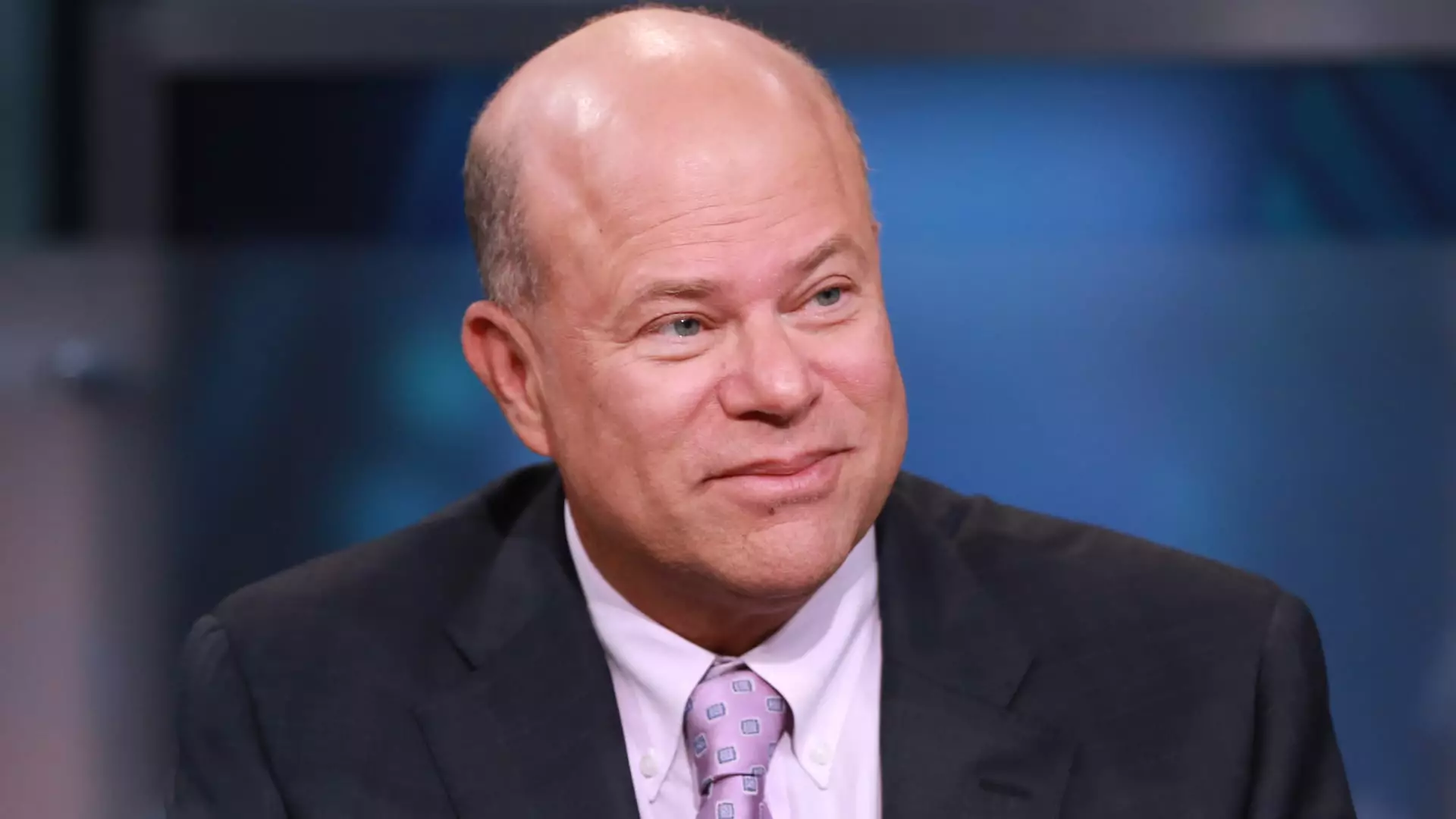In the world of finance, few voices command as much attention as that of David Tepper, the founder of Appaloosa Management and owner of the NFL’s Carolina Panthers. Tepper’s recent commentary on the Federal Reserve’s interest rate adjustments offers valuable insights for investors navigating the complexities of today’s economic landscape. His essential premise is that the market should trust the Fed’s commitment to reduce interest rates and the implications this has for future economic stability and stock performance.
During a recent interview on CNBC’s “Squawk Box,” Tepper highlighted the central bank’s need to maintain credibility following its latest aggressive move to lower interest rates by 0.50%—an action taken after a period of consistent economic growth. This decision, he argues, is not just about immediate monetary policy; it is about the Fed’s long-term credibility in the eyes of investors. As Tepper puts it, “You just read what these guys are saying,” emphasizing that the Fed typically follows through on its stated intentions, especially when it displays a strong sense of conviction.
Understanding the Recent Rate Cuts
The cut in benchmark interest rates marked the beginning of the Fed’s first easing campaign in four years, raising questions about its timing and the central bank’s strategy. Tepper asserts that this move, which aligns with indications of further cuts in the Fed’s “dot plot,” signals a recalibration rather than panic.
Yet, Tepper’s criticism underscores concerns about the macroeconomic environment. With GDP showing steady growth and consumer spending remaining resilient, he draws parallels to the late 1990s, when the Fed slashed rates amid a robust economy. “I don’t love this,” he admits, pointing out that monetary policy should be cautiously calibrated to current conditions rather than reactively adjusted in the face of perceived threats. This historical context shapes his analysis of the risks and rewards present in the current equity landscape.
Tepper’s skepticism is compounded by the ongoing dynamics of the U.S. labor market and inflation metrics. While the economy is projected to grow by approximately 3% in the third quarter, inflation remains a significant concern, with levels still above the Fed’s 2% target. This contradictory scenario fosters an atmosphere of volatility and uncertainty—a breeding ground for investor apprehension.
Tepper’s ultimate reflection on the U.S. stock market is a blend of caution and pragmatism. He recognizes the immediate positive impact that lower interest rates can have, yet he remains wary of market valuations, leaning more towards a value-driven investment approach. “I don’t love the U.S. markets on a value standpoint, but I sure as heck won’t be short,” he states emphatically. This highlights the paradox faced by many investors: how to position portfolios amidst easy money policies while also being cautious of potential overvaluation.
In light of these developments, Tepper’s insights also delve into broader global investment strategies. He is evidently taking a more proactive stance in Asian and European markets, influenced by the combination of Chinese fiscal stimulus and the recent rate cut by the Fed. By affirmatively stating his commitment to “going all in on China,” Tepper hints at a belief in the potential for growth outside the U.S. and suggests that emerging markets could yield better opportunities than domestic equities.
This pivot underscores a critical shift in the mindset of investors like Tepper, one that weighs not only the implications of domestic monetary policy but also the interconnectedness of global markets. Tepper’s approach advocates for diversification in portfolios to mitigate risks while capitalizing on growth where it appears most viable.
David Tepper’s observations about the Federal Reserve’s recent actions articulate a cautious yet hopeful perspective for investors. While he underscores the importance of trusting the Fed’s credibility and the benefits of lower interest rates, he also warns against oversights in economic realities. The current landscape invites continued vigilance and adaptability, highlighting the necessity for investors to remain engaged and informed as they navigate through today’s unpredictable financial terrain. The emphasis on global diversification could provide invaluable context as investors weigh their options in an evolving marketplace.

